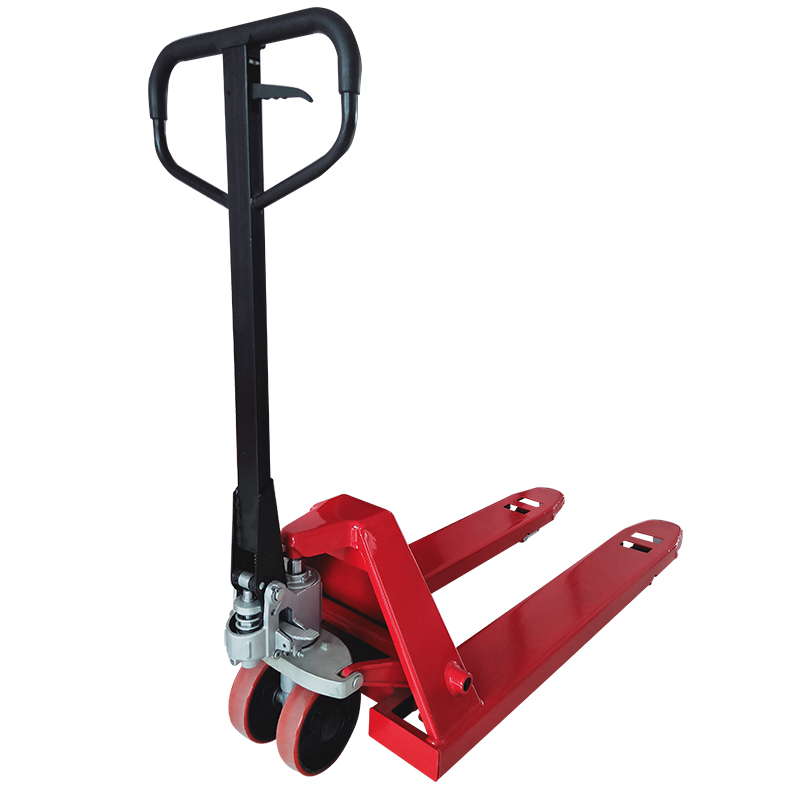


The Importance of Roof Fall Restraint Systems in Construction
In the world of construction, safety is paramount. Workers operate in hazardous environments, often facing risks that can lead to severe injuries or fatalities. One of the most critical aspects of safety in construction is the implementation of effective fall protection systems. Among these, roof fall restraint systems play a crucial role in safeguarding workers who are on or around roofs. This article explores the significance of roof fall restraint systems, their components, and their impact on worker safety.
Understanding Roof Fall Restraint Systems
Roof fall restraint systems are designed to prevent workers from falling off edges or through openings while working on rooftops or elevated surfaces. These systems are not merely a legal requirement but an essential aspect of a comprehensive safety plan. They essentially act as a physical barrier, ensuring that workers remain within a designated safe area while performing their tasks.
The basic idea behind a roof fall restraint system is to limit the movement of workers to prevent them from reaching the edge of a roof or from falling through skylights and other openings. The systems can be permanent, semi-permanent, or temporary, depending on the nature of the construction project and the duration of roof work.
Components of Roof Fall Restraint Systems
A roof fall restraint system typically comprises several components that work together to ensure worker safety. These components include
1. Anchor Points Secure anchor points must be installed to which the restraint system can be attached. These points should be robust and appropriately positioned to ensure maximum safety.
2. Harnesses Workers are required to wear a safety harness connected to the anchor points through a lanyard or other attachment devices. The harness distributes the forces experienced during a fall, thereby reducing the risk of injury.

3. Lanyards and Connectors These are the links that connect the harness to the anchor points. They should be made from durable materials and designed to withstand significant loads.
4. Warning Systems Some advanced roof fall restraint systems incorporate warning systems, such as alarms or visual indicators, that activate when a worker approaches a dangerous edge.
5. Guardrails While not a restraint system per se, guardrails can complement restraint measures by providing an additional physical barrier against falls, thereby enhancing overall safety.
Legal Compliance and Best Practices
The importance of roof fall restraint systems is underscored by legal regulations and industry standards. In many countries, construction companies are mandated to implement fall protection measures to comply with occupational safety and health regulations. Failure to abide by these rules can result in severe penalties, including fines and increased insurance premiums.
To ensure maximum effectiveness, it is vital for companies to conduct regular training sessions for their employees. Workers must be educated on the correct use of fall restraint systems, and regular inspections of the equipment should be performed to identify any wear or potential failure points. Additionally, companies should analyze specific tasks to determine the most appropriate fall protection measures based on risk assessments.
Promoting a Safety Culture
Beyond compliance and equipment, fostering a safety culture within the organization is essential. Encouraging workers to voice their concerns about safety, providing support for safe work practices, and promoting a shared responsibility for safety can significantly reduce fall-related incidents.
In conclusion, roof fall restraint systems are a cornerstone of workplace safety in the construction industry. By understanding their components, complying with regulations, and promoting a culture of safety, companies can protect their most valuable asset their workforce. As the construction industry evolves, the commitment to safety must remain unwavering, ensuring that advancements in technology and practices continue to enhance the safety of workers at heights.



